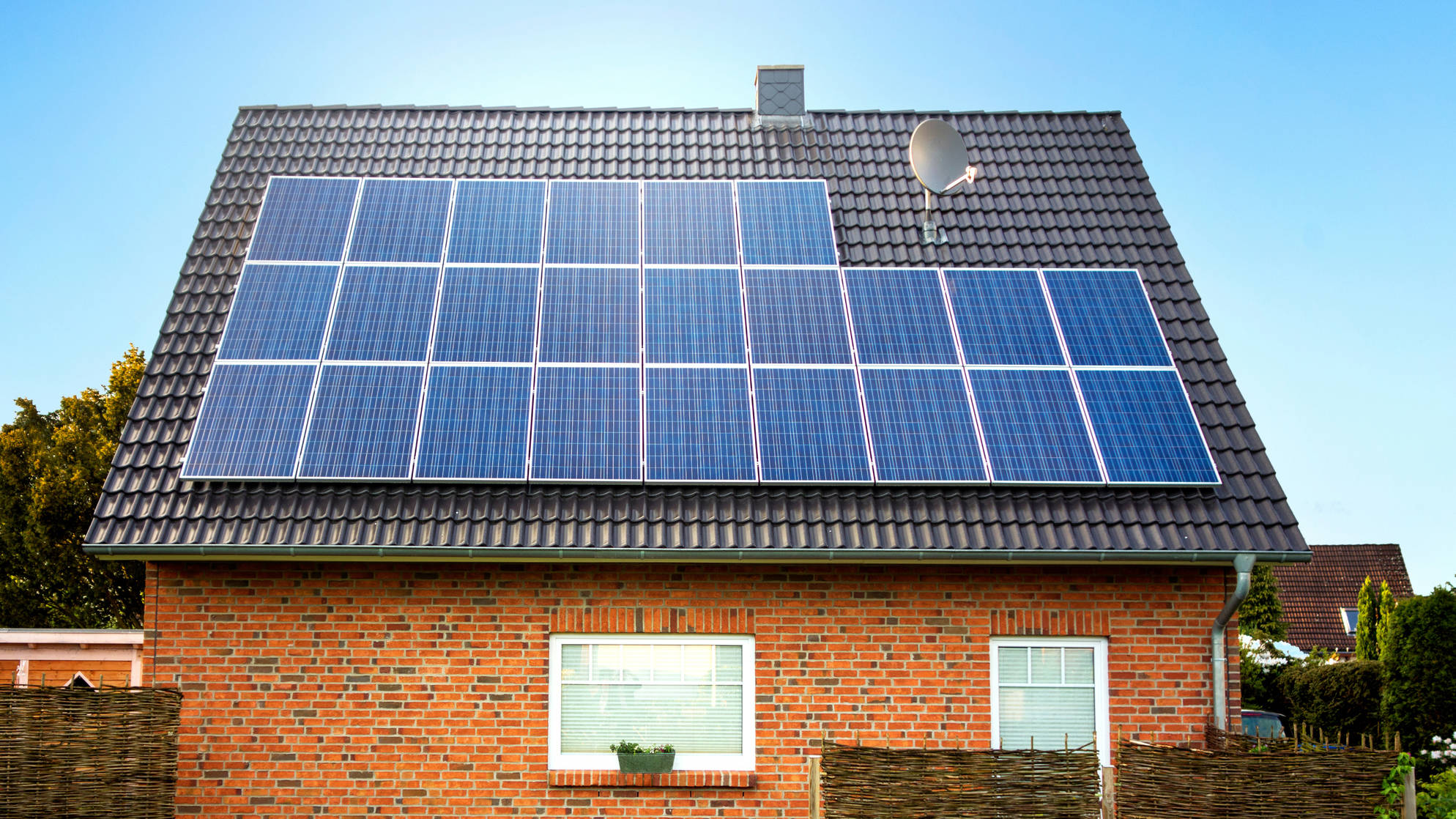Green Energy: Rooftop solar owners to face power export charges from 2025

Pic: DeepBlue4You/E+ Collection via Getty Images.
Power networks will have the ability to charge rooftop solar owners for exporting power to the grid at times when it’s not needed from 2025.
A new declaration from the Australian Energy Market Commission today has slightly dialled back changes requested by power networks and social advocacy groups like Vinnies and ACOSS.
They argued customers who did not or could not afford to install solar panels would be charged for network upgrades to help solar owners export power to the grid, while solar advocates had labelled the proposed measures a “solar tax”.
Network operators like SA Power Networks, who have supported the charges, say the rapid uptake of rooftop solar in Australia – the fastest growth in distributed energy resources in the world – has made it difficult to handle the influx of solar power to the grid during peak times in the middle of the day.
Under the final version of the changes network operators will need to provide a free basic service, but from July 2025 will be able to charge solar panel users who want to earn money from exporting power to the grid.
Networks will also be prevented from putting blanket bans on rooftop PV owners who export power, with the AEMC saying there will be obligations on network operators to ensure energy from home solar, battery storage and EVs can be exported.
“This is about getting ahead of the curve and preparing the grid for change that is happening now and only going to accelerate over the next 10 years,” AEMC CEO Benn Barr said.
“Getting this right means adapting the grid to handle more solar in a smart way that keeps costs down, keeps significant financial benefits for those who choose to go solar and saves money on electricity bills for those who don’t or can’t.
“Getting it wrong means less clean energy in the system and existing and future solar and battery customers miss out.”
The AEMC says once the changes are implemented they will reduce bills for 80% of customers, and that solar owners would still earn an average of 90% of what they do now.
Commission chair Anna Collyer said the market needed to acknowledge power supply was now a two way street, with the AEMC saying there will be pressure on network operators to ensure they can take on distributed solar, battery and EV feeds without supply disruption.
“They represent a profound change to the way poles and wires businesses must think about how they manage their network and turn the current one-way street delivering power to people’s homes into two-way super-highway where energy flows in both directions,” she said.
“Power network companies will need to deliver services to support solar – and they’ll be judged on their performance on how much solar exports they allow into the grid.”
AGL may not have shut gas unit if capacity market was in place
AGL (ASX:agl) COO Markus Brokhof says it may not have mothballed the Torrens B gas generating unit had a capacity market been in place.
The under-fire electricity generator made the decision to shut the unit from October shortly after announcing the Accel energy demerger on the back of low power prices and competition from cheap wind generation in South Australia.
The proposed introduction of a physical capacity payment as part of the Energy Security Board’s post-2025 market design recommendations have been heavily criticised by renewables advocates, who say it would artificially keep fossil fuel generators in the market for longer.
“We took the decision to mothball Torrens B1 unit, if this kind of structure would have been in place most probably our decision would have been different,” he told analysts on AGL’s earnings call this morning.
“That is one very concrete example where this would play in.”
“Otherwise … we are looking very much forward to understanding this business structure, how this payment will apply to which generator. Because at the end of the day most probably also existing renewable generation should then benefit from this but all these kinds of terms are not clear.”
AGL did not express support for the physical retailer reliability obligation in its submission to the ESB review, but AGL CEO Graeme Hunt said there had to be ‘commercial support’ for coal-fired generators in the transition to a renewable network.
“There is a recognition of the fact that to get the smooth transition there has to be appropriate commercial support for the value that generators, particularly that coal-fired generators, bring to the stability in the network,” he said, noting it was too early to say what it would mean for the future value of its generators and businesses.
AGL, which is in the process of splitting its fossil fuel generators and transition assets and its retail business into Accel Energy and AGL Australia, reported an expected loss of $2.06 billion, driven by lower power prices and $2.93b of impairments.
It has guided underlying EBITDA of between $1.2-1.4b in 2022 and net profit after tax of $220-340m.
That would see earnings fall further again after an 18% slide to $1.66b EBITDA in 2021.
AGL Energy share price today:
Related Topics
UNLOCK INSIGHTS
Discover the untold stories of emerging ASX stocks.
Daily news and expert analysis, it's free to subscribe.
By proceeding, you confirm you understand that we handle personal information in accordance with our Privacy Policy.








